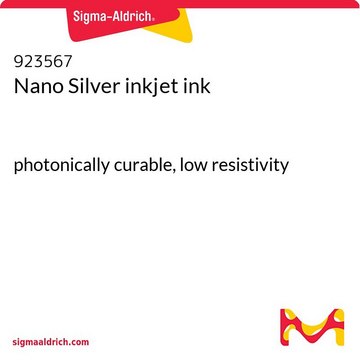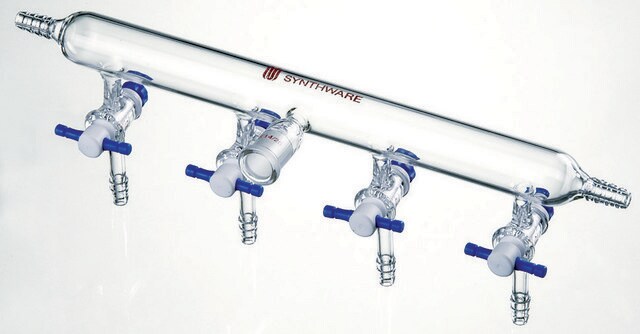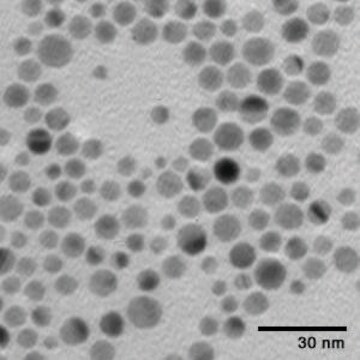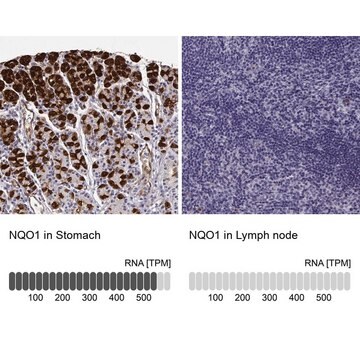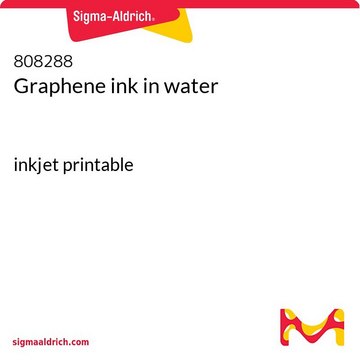901975
SunTronic® silver nanoparticle ink for inkjet printing
sintering temperature 100 - 150°C
Synonym(s):
Ag ink, Conductive ink, Silver ink, SunTronic®EMD5800
About This Item
Recommended Products
description
Silver content: 45-50%
Sintering temperature: 100 - 150°C for 10 – 60 min
Solid content: 48-52%
Volume Resistivity: 5 – 25 uΩcm
form
liquid
surface tension
25-28 dyn/cm
viscosity
6-8 cP (Brookfield)
storage temp.
2-8°C
Looking for similar products? Visit Product Comparison Guide
General description
EMD5800 is oil-based nanoparticle inks which demonstrates superior conductivity at low sintering temperatures with stable jetting performance and adhesion to temperature sensitive plastics.
It can be used in the manufacture of touch panel displays, printed RFID antennae, smart cards, sensors, security labels, touch switches and other printed electronics applications.
Caution
EMD5800 is supplied as ready-to-use oil based inks, and can be printed on various deposition printers and jetted on through various piezo DOD inkjet printheads suitable for oil based inks, although full printhead compatibility will need to be verified in each case
Sintering conditions may change for different ink film thicknesses. Typical sintering temperature may range from 100-200°C depending on temperature tolerance of the substrate. Sintering time may range from 10-60 minutes. Electrical resistance may be reduced with higher sintering temperature and/or longer sintering times.
Refrigerated storage at a temperature of 5-15°C is recommended. Agitation after refrigeration to assure proper dispersion is recommended.
Legal Information
Signal Word
Danger
Hazard Statements
Precautionary Statements
Hazard Classifications
Aquatic Acute 1 - Aquatic Chronic 1 - Asp. Tox. 1 - Eye Dam. 1 - Skin Corr. 1B - STOT RE 2 Oral
Target Organs
Gastrointestinal tract,Liver,Immune system
Storage Class Code
8A - Combustible corrosive hazardous materials
WGK
WGK 3
Flash Point(F)
156.2 °F
Flash Point(C)
69 °C
Choose from one of the most recent versions:
Certificates of Analysis (COA)
Don't see the Right Version?
If you require a particular version, you can look up a specific certificate by the Lot or Batch number.
Already Own This Product?
Find documentation for the products that you have recently purchased in the Document Library.
Customers Also Viewed
Articles
Dr. Chan and researchers highlight flexible transistors are the building blocks of next-generation soft electronics. Among all the reported material systems that can be fabricated by researchers, such as circuits, biosensors, stretchable displays, and others,1–5 small molecular weight organic semiconductors are among the most promising candidates for flexible transistor applications. For these small molecular weight organic semiconductors, the semiconductor forming the conductive channel dominates the device performance.
Professor Tokito and Professor Takeda share their new materials, device architecture design principles, and performance optimization protocols for printed and solution-processed, low-cost, highly flexible, organic electronic devices.
Our team of scientists has experience in all areas of research including Life Science, Material Science, Chemical Synthesis, Chromatography, Analytical and many others.
Contact Technical Service